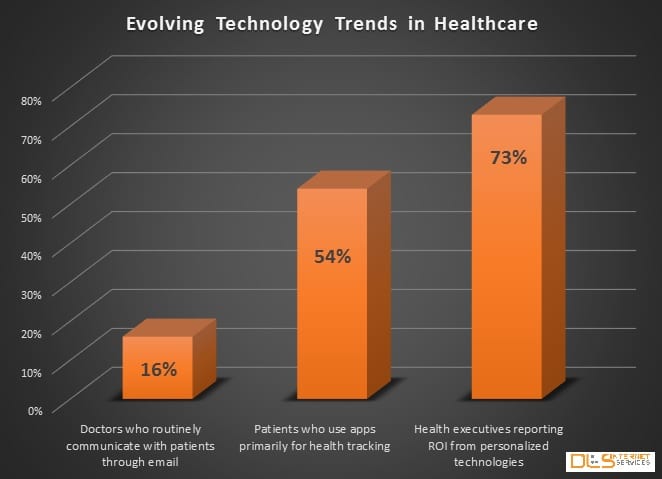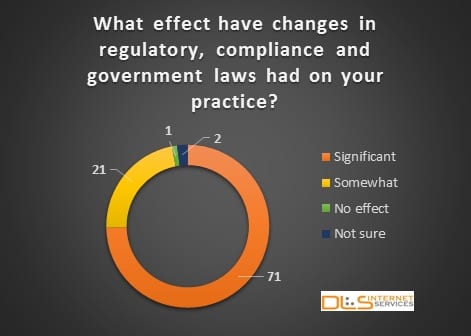 Modern VoIP systems are powerful communications tools. They help streamline workflows, improve client satisfaction and curb costs. In order to capitalize on the initial VoIP investment and get the most value possible, you must know your voip systems capabilities and understand how to use its tools properly. Most professionals focus keenly on their field with little or no thought about communications tools they use every day. Key features are often overlooked and sometimes making the time commitment for training isn’t seen as important as it should be.
Modern VoIP systems are powerful communications tools. They help streamline workflows, improve client satisfaction and curb costs. In order to capitalize on the initial VoIP investment and get the most value possible, you must know your voip systems capabilities and understand how to use its tools properly. Most professionals focus keenly on their field with little or no thought about communications tools they use every day. Key features are often overlooked and sometimes making the time commitment for training isn’t seen as important as it should be.
For Whom the Fraud Tolls
Telephone fraud has been going on for a long time. It became prevalent in the 1960s, when DTMF (Dual-Tone Multiple Frequency) dialing was being introduced to replace pulse dialing from then-current rotary phones. Crafty individuals educated themselves and fabricated handheld red, black, and blue boxes that could generate the necessary tones to alter the target … Read more









